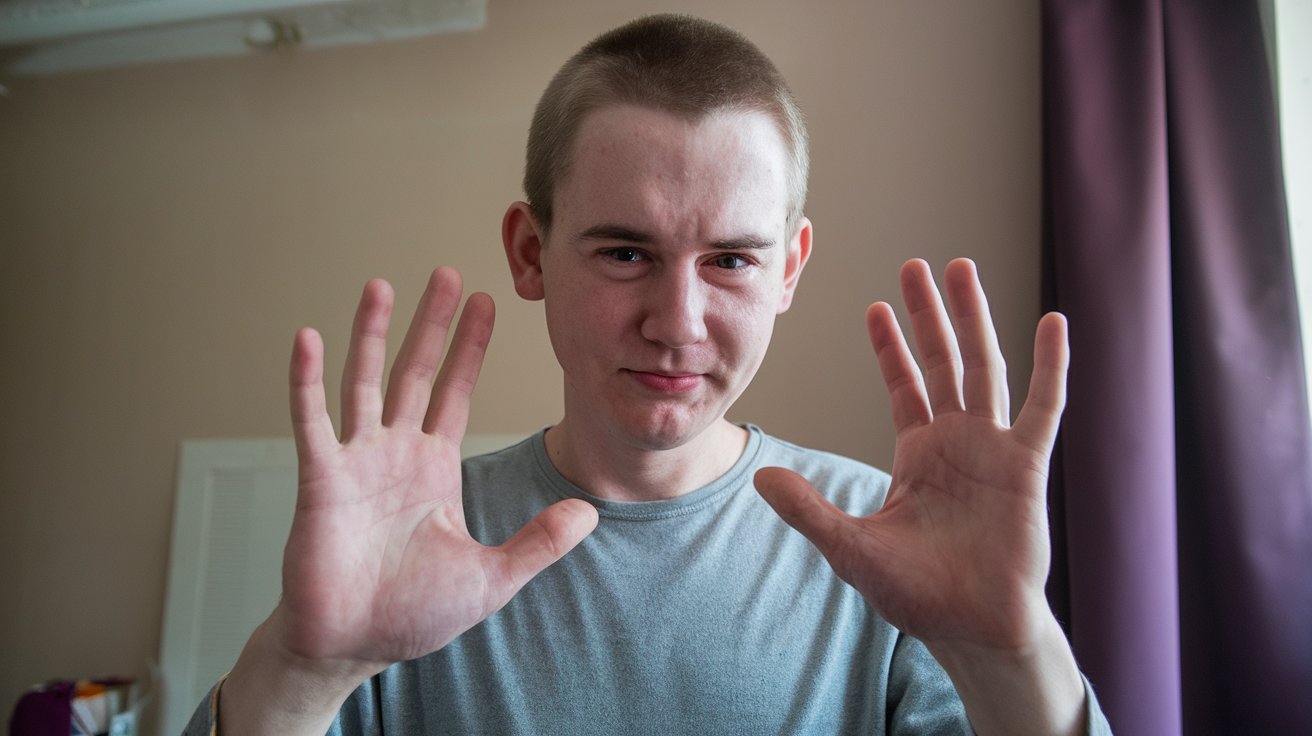
Partial gigantism, often linked with Neurofibromatosis Type 1 (NF1), is a rare condition where certain body parts grow disproportionately larger than others. This intriguing phenomenon can affect fingers, toes, or limbs, leading to significant physical differences. NF1, a genetic disorder, causes tumors to form on nerve tissue, which can result in various complications, including partial gigantism. Understanding this condition involves exploring its causes, symptoms, and impacts on daily life. Whether you're curious about the science behind it or seeking information for personal reasons, these 25 facts will provide a comprehensive overview of partial gigantism in the context of NF1.
Key Takeaways:
- Partial gigantism causes certain body parts to grow larger than normal, often due to genetic mutations. It can be linked to Neurofibromatosis (NF), a genetic disorder affecting nerve tissue growth.
- Symptoms of partial gigantism include visible asymmetry, pain, and discomfort. Treatment options include surgery, physical therapy, and pain management to improve quality of life.
What is Partial Gigantism?
Partial gigantism is a rare condition where certain parts of the body grow much larger than normal. This can affect fingers, toes, or limbs, leading to significant differences in size and shape.
- Partial gigantism often results from genetic mutations that cause abnormal cell growth in specific areas.
- Proteus syndrome is one of the conditions associated with partial gigantism, characterized by overgrowth of bones, skin, and other tissues.
- Macrodactyly is a form of partial gigantism where one or more fingers or toes are abnormally large.
- Hemihyperplasia involves overgrowth on one side of the body, leading to asymmetry.
- Klippel-Trenaunay syndrome can cause partial gigantism, along with varicose veins and skin abnormalities.
Connection to Neurofibromatosis (NF)
Neurofibromatosis (NF) is a genetic disorder that affects the growth of nerve tissue. It can sometimes be linked to partial gigantism.
- Neurofibromatosis Type 1 (NF1) is the most common form of NF and can lead to partial gigantism in some cases.
- NF1 is caused by mutations in the NF1 gene, which regulates cell growth.
- Café-au-lait spots are common in NF1 patients and can be an early sign of the disorder.
- Lisch nodules, small bumps on the iris, are another indicator of NF1.
- Neurofibromas, benign tumors on nerve tissue, can develop in NF1 and contribute to abnormal growth.
Symptoms and Diagnosis
Recognizing the symptoms and getting a proper diagnosis is crucial for managing partial gigantism and NF.
- Visible asymmetry in limbs or digits is a key symptom of partial gigantism.
- Pain and discomfort can occur due to the uneven growth of bones and tissues.
- MRI and CT scans are often used to diagnose partial gigantism and assess the extent of overgrowth.
- Genetic testing can confirm the presence of NF1 or other related genetic mutations.
- Biopsies may be performed to examine abnormal tissue growth.
Treatment Options
While there is no cure for partial gigantism or NF, various treatments can help manage symptoms and improve quality of life.
- Surgical intervention can reduce the size of overgrown tissues and improve function.
- Physical therapy helps maintain mobility and strength in affected limbs.
- Pain management strategies, including medication and therapy, can alleviate discomfort.
- Orthopedic devices like braces or custom shoes can provide support and balance.
- Regular monitoring by healthcare professionals ensures early detection of complications.
Living with Partial Gigantism and NF
Living with these conditions can be challenging, but support and resources are available.
- Support groups offer emotional and practical assistance for patients and families.
- Educational resources help patients understand their condition and treatment options.
- Advocacy organizations work to raise awareness and fund research for better treatments.
- Mental health support is crucial for coping with the emotional impact of living with a chronic condition.
- Lifestyle adjustments, such as adaptive clothing and home modifications, can improve daily living.
Final Thoughts on Partial Gigantism and NF
Partial gigantism, often linked to Neurofibromatosis Type 1 (NF1), presents unique challenges and insights into human growth. This condition, characterized by abnormal growth in specific body parts, can significantly impact daily life. Understanding the genetic basis of NF1 helps in diagnosing and managing partial gigantism more effectively.
Early detection and intervention are crucial for improving quality of life. Advances in genetic research and medical treatments offer hope for those affected. Support from healthcare professionals, family, and community plays a vital role in managing the condition.
Raising awareness about partial gigantism and NF1 can lead to better support systems and resources. By staying informed and advocating for research, we can contribute to a brighter future for individuals living with these conditions. Knowledge empowers us to make a difference.
Frequently Asked Questions
Was this page helpful?
Our commitment to delivering trustworthy and engaging content is at the heart of what we do. Each fact on our site is contributed by real users like you, bringing a wealth of diverse insights and information. To ensure the highest standards of accuracy and reliability, our dedicated editors meticulously review each submission. This process guarantees that the facts we share are not only fascinating but also credible. Trust in our commitment to quality and authenticity as you explore and learn with us.
